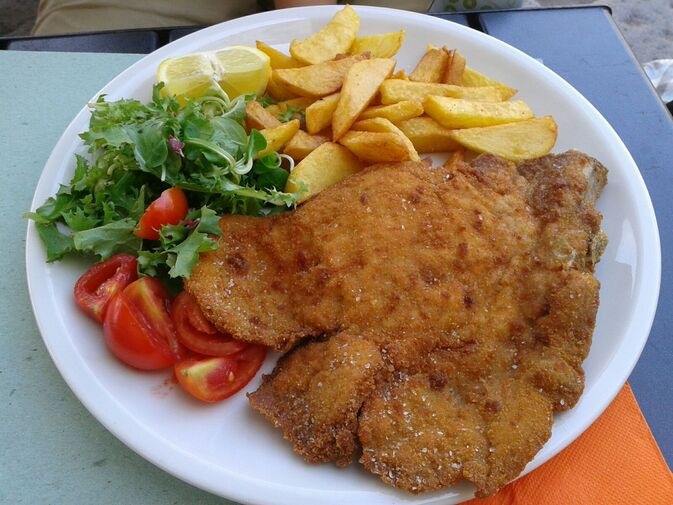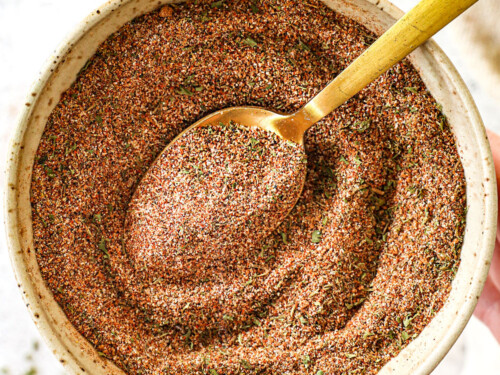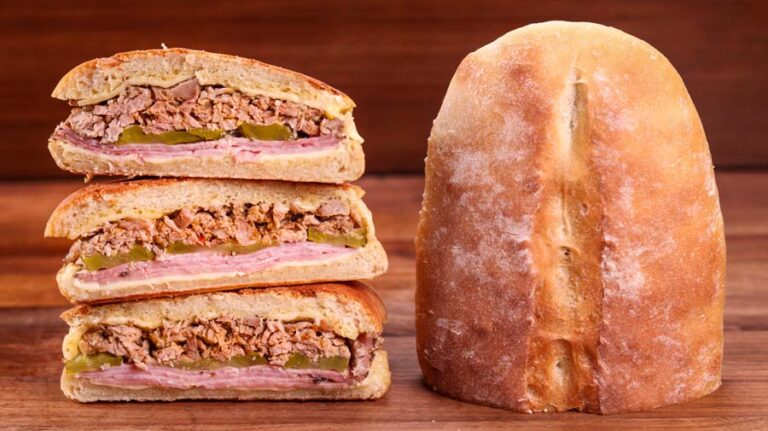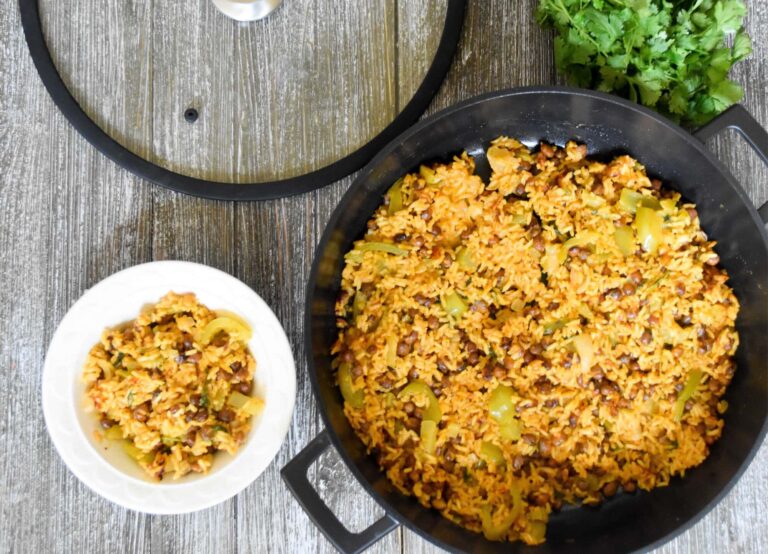Milanesa, a dish deeply rooted in Argentine cuisine, boasts a fascinating history and an array of global cousins that showcase the universal love for breaded and fried meats.
Originating from the Italian Cotoletta, milanesa and its global cousins have inspired numerous variations worldwide, each adding its unique twist to this beloved dish.

In this article, we will delve into the similarities and differences between Milanesa and its international counterparts: Italian Cotoletta, Japanese Tonkatsu, and American Chicken Fried Steak. Additionally, we will explore how Milanesa has influenced global cuisine, cementing its place in culinary history.
Italian Cotoletta

Italian Cotoletta is the dish that gave birth to Milanesa. Originating from Milan, Cotoletta is a breaded veal cutlet that has been a staple in Italian cuisine for centuries. The name “Cotoletta” derives from the Italian word “costoletta,” meaning rib chop, which is the traditional cut used for this dish. Cotoletta is typically pan-fried in butter, creating a crispy, golden crust that encases the tender meat.
Similarities and Differences
The most apparent similarity between Milanesa and Cotoletta is their preparation method. Both dishes involve breading a meat cutlet and frying it to achieve a crispy exterior. However, there are notable differences:
- Meat Choice: While Cotoletta traditionally uses veal, Milanesa can be made with various meats, including beef, chicken, and pork. The choice of meat significantly influences the flavor and texture of the dish.
- Frying Medium: Cotoletta is often pan-fried in butter, giving it a rich flavor. The butter adds a distinct taste and aroma, which is different from Milanesa, usually fried in oil. The oil used can vary, from vegetable oil to olive oil, each imparting a subtle difference in flavor.
- Bread Crumbs: The breadcrumbs used in Cotoletta are typically finer and may include herbs and Parmesan cheese, adding a layer of complexity to the taste. In contrast, Milanesa often uses plain breadcrumbs, focusing on the meat’s flavor.
- Serving Style: Cotoletta is typically served with a wedge of lemon and may accompany a side of risotto or potatoes. Milanesa is commonly paired with mashed potatoes, salad, or used as a sandwich filling. This reflects the different culinary traditions and preferences of Italy and Argentina.

These variations highlight how regional preferences and available ingredients influence the adaptation of this classic dish. Each version offers a unique culinary experience, yet both maintain the core essence of a breaded and fried cutlet.
Japanese Tonkatsu

Japanese Tonkatsu is another delightful relative of Milanesa, showcasing how the concept of breaded and fried meat can transcend cultures. Tonkatsu, meaning “pork cutlet,” is a popular Japanese dish introduced in the late 19th century during the Westernization of Japan’s culinary scene. The dish features a breaded and deep-fried pork cutlet, usually served with shredded cabbage and a tangy Worcestershire-based sauce.
Similarities and Differences
Tonkatsu and Milanesa share the fundamental technique of breading and frying meat but exhibit distinct characteristics:
- Bread Crumbs: Tonkatsu uses panko, a type of Japanese breadcrumb that is coarser and flakier than the breadcrumbs used in Milanesa. This results in a lighter, crispier coating that absorbs less oil, making the cutlet less greasy.

- Sauce: A key element of Tonkatsu is the accompanying sauce, which adds a sweet and savory flavor. This sauce is a blend of fruits, vegetables, and spices, providing a complex taste profile. Milanesa is typically served without a sauce or with simpler accompaniments like lemon or mayonnaise, allowing the meat’s flavor to stand out.
- Serving Style: Tonkatsu is often served with shredded cabbage, rice, and miso soup, reflecting the balance and presentation central to Japanese cuisine. Milanesa, on the other hand, is served with sides that are more reflective of Argentine cuisine, such as mashed potatoes or a simple salad.
- Cultural Influence: Tonkatsu reflects Japanese culinary aesthetics, emphasizing presentation and the balance of flavors, while Milanesa aligns with Argentine comfort food traditions. The meticulous preparation and presentation of Tonkatsu highlight the Japanese emphasis on harmony and beauty in food.
These differences illustrate how the basic concept of a breaded cutlet can be tailored to fit diverse culinary traditions. Each dish brings its unique flavors and cultural context to the table, offering a delicious exploration of global cuisine.
American Chicken Fried Steak
American Chicken Fried Steak, a staple of Southern cuisine, showcases another variation of the breaded and fried meat concept. Despite its name, Chicken Fried Steak is made with tenderized beef steak, breaded and fried to resemble fried chicken. This dish, deeply embedded in American comfort food culture, is often served with creamy gravy and mashed potatoes.

Similarities and Differences
Chicken Fried Steak and Milanesa share the core technique but diverge in several aspects:

- Meat Preparation: Chicken Fried Steak uses tenderized beef, often cube steak, which is pounded thin to break down the tough fibers. Milanesa can use various cuts of meat, typically not pre-tenderized, resulting in a different texture.
- Coating: The breading for Chicken Fried Steak often includes a flour-based coating seasoned with spices such as paprika, garlic powder, and black pepper. This seasoning adds a distinct flavor to the dish. Milanesa’s breading is usually simpler, focusing on breadcrumbs without additional seasoning, allowing the meat’s natural taste to be the highlight.
- Frying Method: Chicken Fried Steak is typically fried in a shallow amount of oil, creating a crispy exterior similar to fried chicken. Milanesa is often deep-fried, resulting in a uniformly golden crust.
- Serving Method: Chicken Fried Steak is traditionally smothered in gravy, a rich and savory addition that complements the breaded beef. This gravy is often made from the pan drippings, adding depth to the flavor. Milanesa is served with more straightforward accompaniments, such as lemon wedges or a simple salad, allowing the meat’s flavor to shine.
- Cultural Context: Chicken Fried Steak is a quintessential Southern comfort food, often associated with home-cooked meals and family gatherings. In contrast, Milanesa is a versatile dish in Argentine cuisine, enjoyed in various settings, from casual lunches to more formal dinners.
These distinctions underscore how regional tastes and culinary traditions shape the evolution of similar dishes across different cultures. Each version reflects the unique food culture of its region, offering a glimpse into the diverse ways people around the world enjoy breaded and fried meats.
Influence of Milanesa on Global Cuisine

Milanesa’s impact on global cuisine extends beyond its direct counterparts. Its concept of breaded and fried meat has inspired numerous variations worldwide, showcasing the versatility and universal appeal of this cooking method. From schnitzels in Germany to escalopes in France, the idea of a breaded cutlet has been embraced and adapted by countless cultures.
In Germany, the Wiener Schnitzel is a close relative of Milanesa, traditionally made with veal and served with a lemon wedge and lingonberry sauce. The Austrian version, often served with potato salad or parsley potatoes, highlights the regional variations and adaptations of this dish.


In France, the escalope is a similar concept, featuring breaded and fried meat, often served with a creamy mushroom sauce or paired with vegetables. The French version showcases the country’s love for rich, flavorful sauces and elegant presentations.
Milanesa’s influence is particularly evident in Latin America, where it has become a beloved dish in countries like Uruguay, Paraguay, and Chile. Each nation has added its twist, incorporating local ingredients and flavors to create unique versions of Milanesa.
In Uruguay, for example, Milanesa a la Napolitana features a Milanesa topped with ham, tomato sauce, and melted cheese, resembling a pizza. In Paraguay, the dish is often accompanied by yucca or mandioca, a staple root vegetable in the region.

Additionally, the popularity of Milanesa has inspired fusion dishes, blending traditional elements with modern culinary techniques to create innovative new flavors. In the United States, chefs have experimented with Milanesa by using different meats, such as lamb or turkey, and incorporating diverse spices and herbs to create unique variations.
In Japan, Tonkatsu has evolved into various dishes, including Katsu Sando (a sandwich) and Katsu Curry, reflecting the versatility and adaptability of breaded cutlets in different culinary contexts.

Milanesa’s enduring popularity and adaptability highlight its significant influence on global cuisine. It demonstrates how a simple cooking method can transcend cultural boundaries, inspiring a myriad of delicious and diverse dishes enjoyed by people worldwide.
FAQs
Conclusion
Milanesa, with its rich history and widespread influence, exemplifies the universal appeal of breaded and fried meat dishes. From its Italian roots as Cotoletta to its global variations like Japanese Tonkatsu and American Chicken Fried Steak, each rendition offers a unique twist while preserving the core technique.
The enduring popularity of Milanesa and its cousins showcases the adaptability of culinary traditions and the shared love for delicious, comforting food. Whether enjoyed in a cozy Southern diner, a refined Japanese restaurant, or a bustling Argentine kitchen, these dishes remind us of the joy and satisfaction that comes from a perfectly breaded and fried cutlet.
Disclosure: Our blog contains affiliate links to products. We may receive a commission for purchases made through these links. However, this does not impact our reviews and comparisons. We try our best to keep things fair and balanced, in order to help you make the best choice for you.







